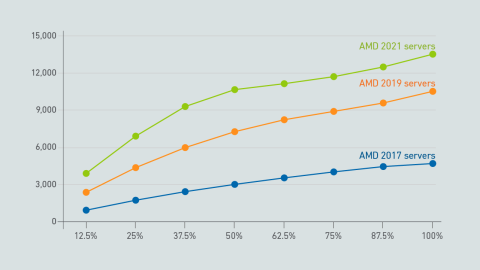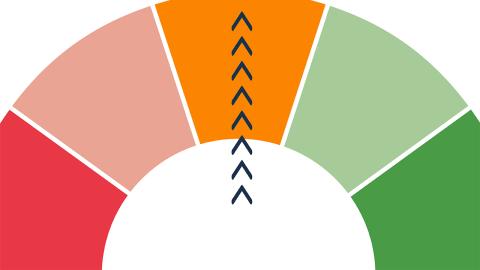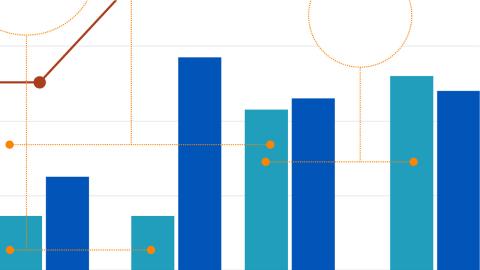Organizations encounter a bewildering assortment of cloud storage platforms. The difference between the offerings lies in who is responsible for scaling, resiliency and performance: the provider or the customer.
filters
Explore All Topics
Precision time systems to synchronize IT system clocks over the network have proliferated and evolved to meet the needs of reliable, secure applications.
This report analyzes server data from The Green Grid's Server Efficiency Rating Tool (SERT) database and provides quantitative guidance to help enterprises estimate their server energy saving potential.
This report shows how rising market concentration and poor visibility drive risk exposure, and explains why organizations should prioritize resilient single-cloud architectures before they consider dual-cloud implementations.
Uptime Intelligence uses historical status updates from Amazon Web Services, Google Cloud Platform and Microsoft Azure to calculate the availabilities of several cloud architectures, including a multi-cloud implementation.
This report examines multiple applications of AI and automation within data center infrastructure management (DCIM) software. Greater automation can result in improved efficiency and free up staff to focus on more complex tasks.
This report analyzes how colocation companies are improving sustainability through innovative approaches to cooling infrastructure, energy efficiency, renewable energy procurement, construction and more.
Siting colocation data centers in central business districts can have real advantages. So why does it happen so rarely? This report, based on interviews with providers, examines the operational challenges, and solutions for overcoming them.
Cloud providers advise users to build application resiliency by deploying across multiple locations. This report quantifies the emissions, resiliency and costs of different stateless cloud-application architectures.
The European Commission's proposed recast of its Energy Efficiency Directive promises to transform how operators manage and report energy performance and sustainability in Europe.
To date, many data center operators have overlooked electromagnetic pulse (EMP) in their risk assessments. This report summarizes the types and effects of EMP, and offers recommendations to assist operators in assessing this risk.
A rapid rise in the concentration of processor thermal power will have far-reaching consequences, not only for servers but for facility design and operations.
To improve the resiliency of an application in a public cloud, it is often distributed across data centers. This report quantifies the costs, levels of resiliency and outages compensation for common public cloud architectures.
Shifts in business expectations and technical requirements are moving data center operators towards direct liquid cooling. There are hurdles to overcome, but many in the industry expect this evolution to be just a matter of time.
Cloud computing has evolved to provide more options for resiliency and performance. Understanding these options is crucial for technology buyers, given that the frequency and impact of cloud outages is likely to increase.
 Dr. Owen Rogers
Dr. Owen Rogers

 Jacqueline Davis
Jacqueline Davis

 Dr. Tomas Rahkonen
Dr. Tomas Rahkonen



 Max Smolaks
Max Smolaks

 Lenny Simon
Lenny Simon
 Douglas Donnellan
Douglas Donnellan





 Daniel Bizo
Daniel Bizo



